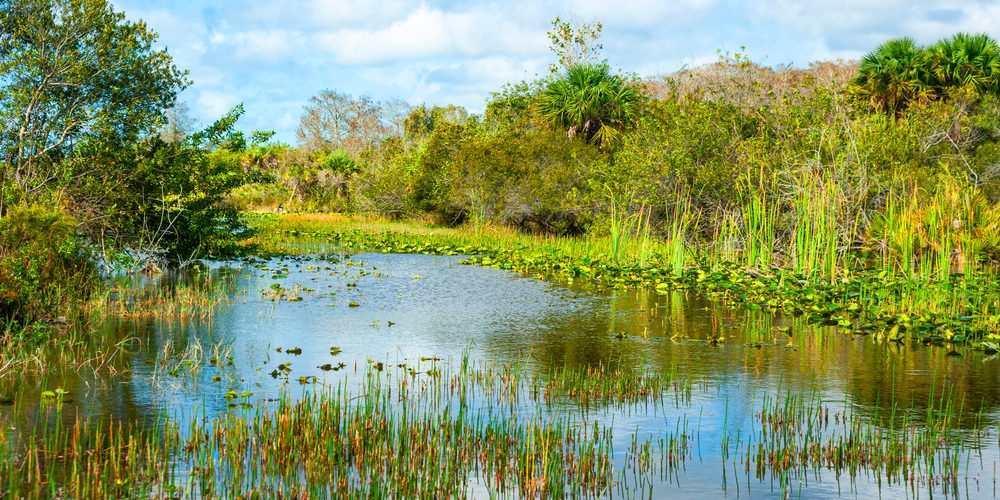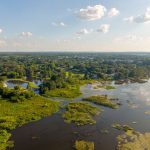Understanding UMAM Evaluation for Wetland Mitigation
The UMAM evaluation considers the condition of the wetland community in terms of surrounding landscape features, current wetland hydrology, and the wetland’s vegetative composition relative to a fully functional wetland of the same type.
An Environmental Consultant will evaluate the existing local development and infrastructure surrounding the wetland; the condition of adjacent uplands; the effect of adjacent roads, ditches and culverts on the flow of water into and out of the wetland; the prevalence of non-native invasive species; and the appropriateness of observed plants species, wildlife utilization, and vegetative community structure compared to the anticipated condition of a similar, unaltered wetland.
After assessing the site, the following scores will be applied to the outermost 25-ft of wetlands: Location and Landscape Support (7/10), Hydrology (7/10), and Community Structure (4/10). Combining these scores gives a combined UMAM score of 0.60 (18/30). Therefore, impacting one acre of this wetland habitat would result in a functional loss of 0.60 debit, requiring the purchase of 0.60 UMAM wetland mitigation credits from a wetland mitigation bank within the same watershed to offset these potential impacts.

Once you are ready to proceed with development, you will need to have a professional surveyor create a property boundary survey that includes the wetlands. The survey, along with a detailed development plan, could then be submitted as part of any application for a construction permit. Furthermore, you will be required to obtain an Environmental Resource Permit (ERP) from the State and applicable wetland permits from the county prior to impacting the wetland habitat if wetland impacts are necessary.
Minor, unavoidable impacts for a reasonable use of the property are generally permitted. However, regulators will require that you minimize the wetland impacts as much as possible. The agencies with jurisdictional responsibility make the final determination as to wetland/surface water extent and qualitative function.











